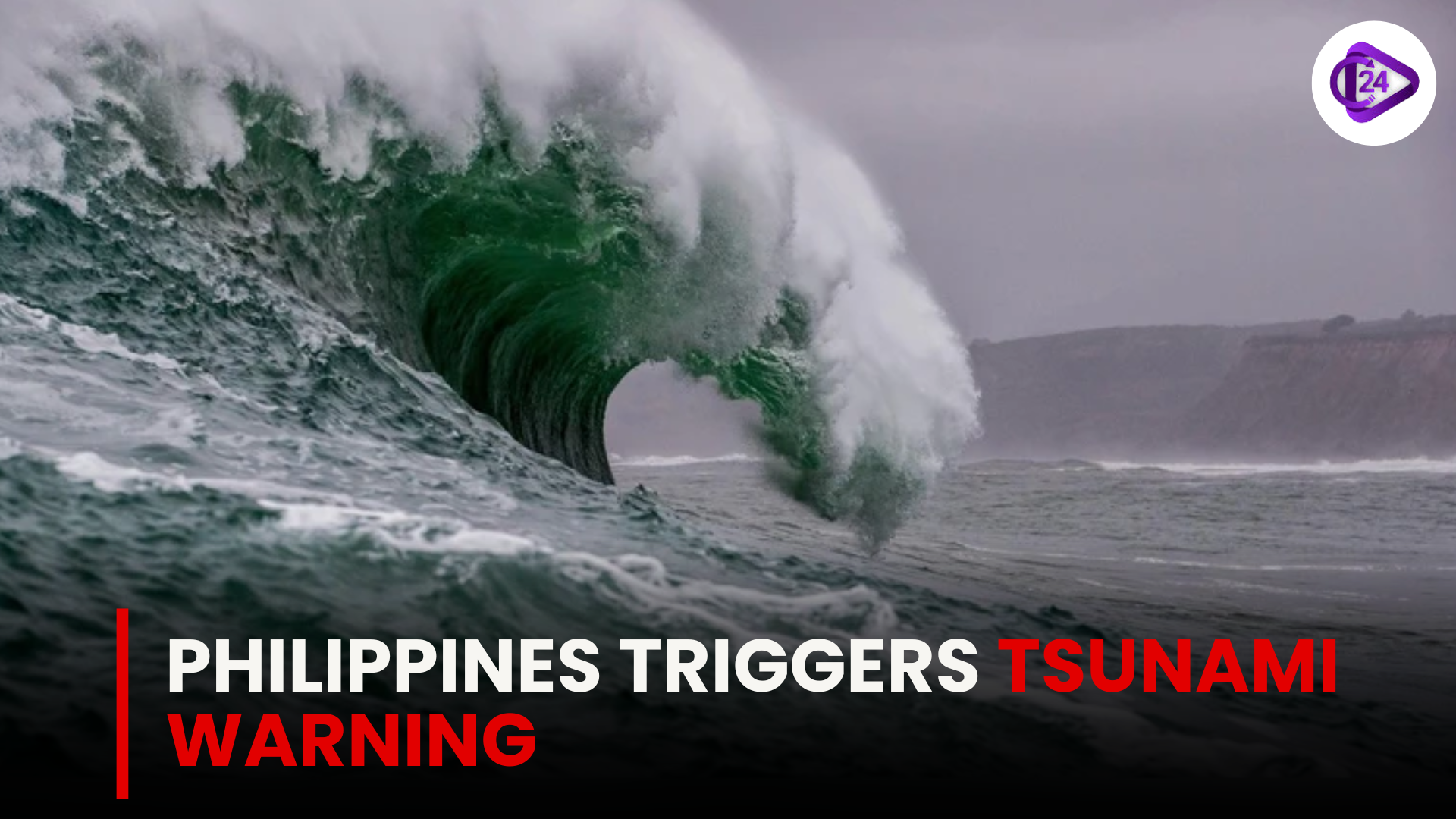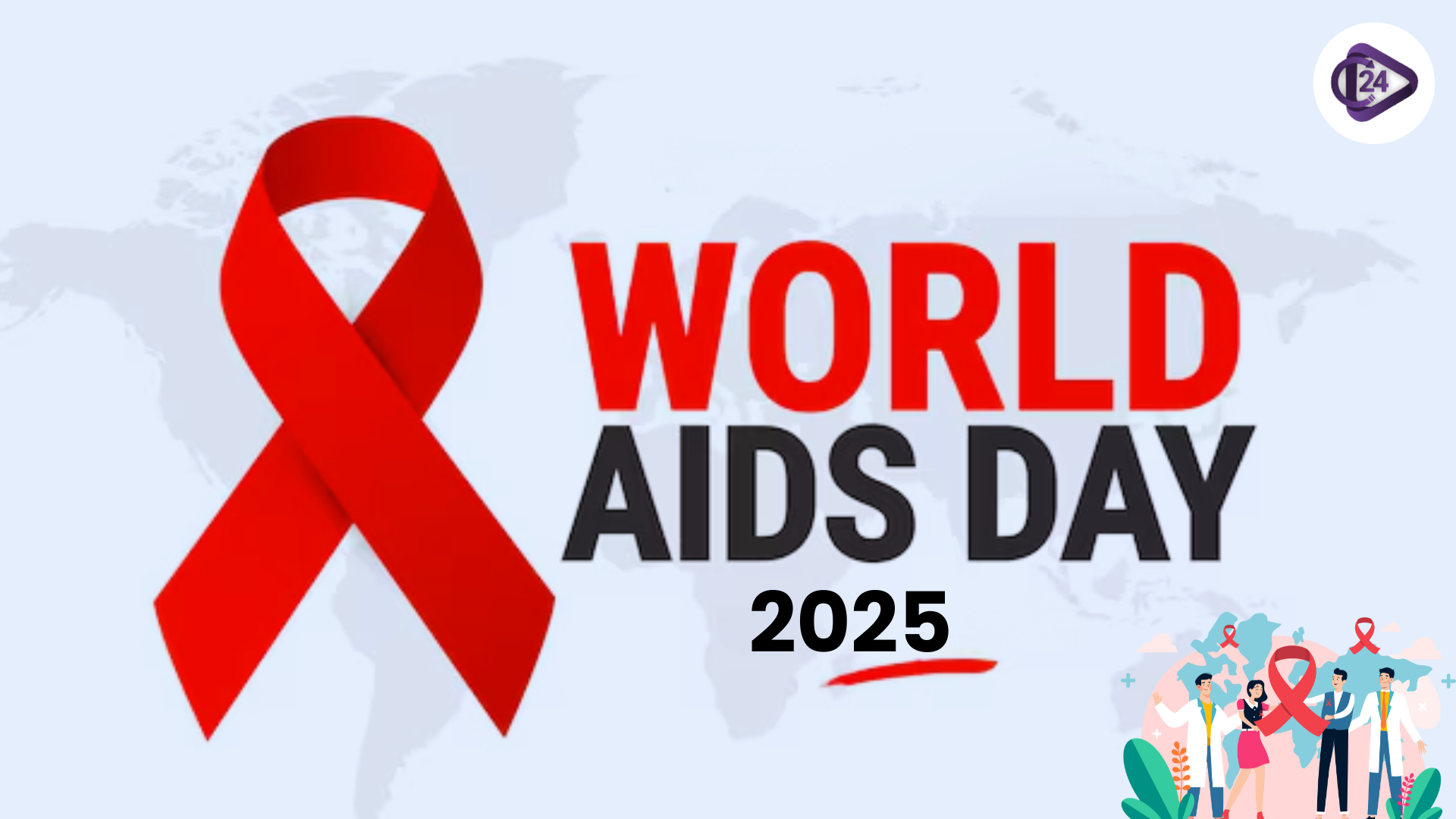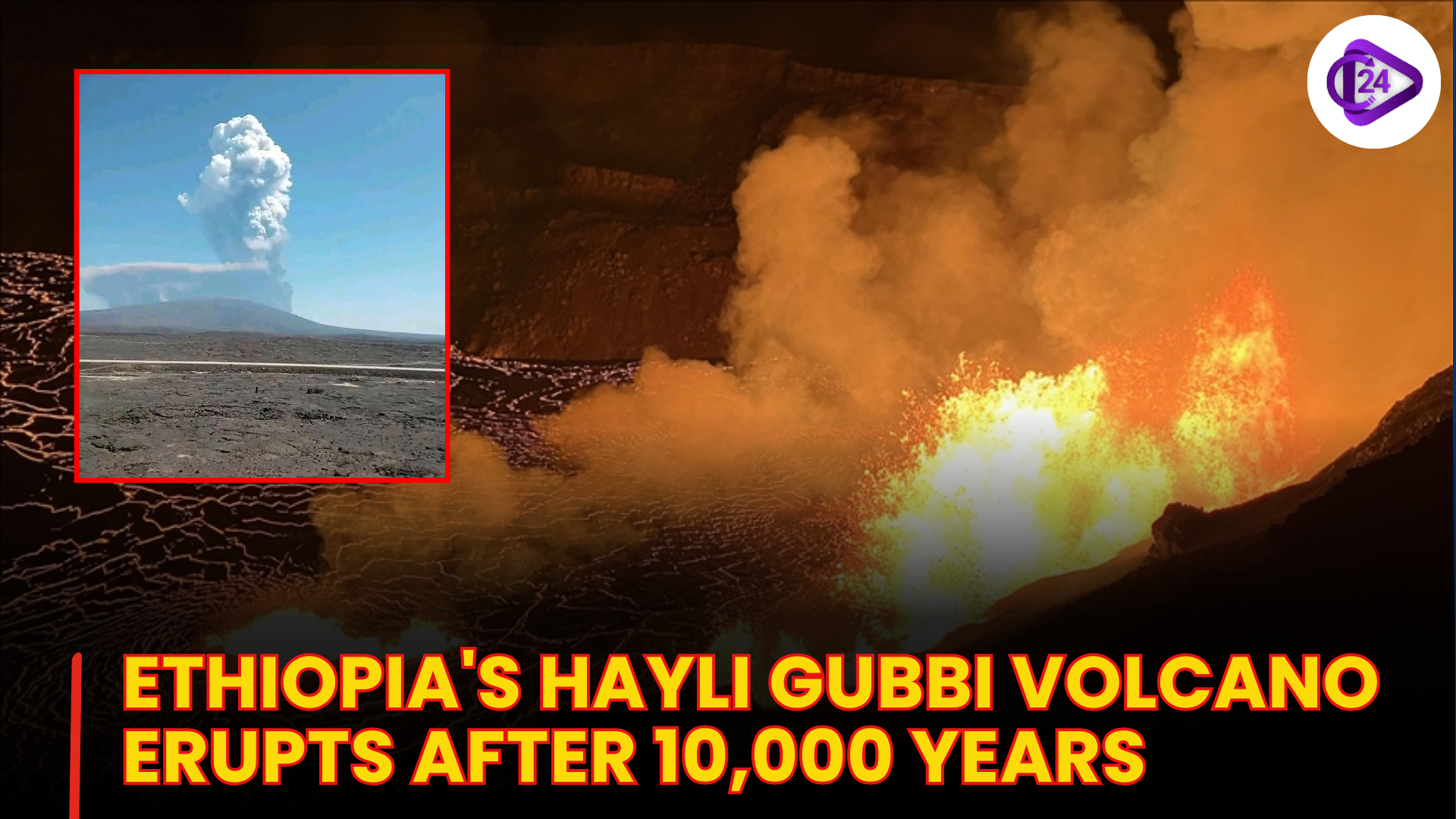
An earthquake with a magnitude of 7.5 was triggered off shore the Philippines, off Davao Oriental, yesterday, leading to alerts being given to communities along coastal areas of the tsunami attack. Citizens have been advised to move to higher places as the wave could measure over one meter, and a warning has been declared to other neighboring areas, like a section of Indonesia and Palau. The quake resulted in an immense shimmer, damage to the construction, and the following tremors, part of which was a 5.9 magnitude salvo shortly following. There are emergency response and safety operations, which are initiated by the authorities, and local populations are secured. The risk in seismics in the Philippines and the value of preparedness are emphasized by this incident, and further surveillance of tsunamis, aftershocks, and coastal areas security to all susceptible locations.
Why the Philippines’ Location Intensifies Earthquake and Tsunami Risks?
-
The Philippines is an archipelago comprising 7,641 islands in Southeast Asia.
-
It is on the Pacific Ring of Fire, which is thus very seismic and volcanic.
-
Bordered by the Philippine Sea, the South china sea, and the Celebes sea.
-
Such mountain ranges as the Cordillera or Sierra Madre are enhancing the earthquakes.
-
Principal rivers are the Cagayan River, Agusan River, and Pampanga River, which are prone to floods following quakes.
-
Lowlands close to the coastlines make it susceptible to tsunamis.
-
The disaster risk is augmented by the volcanoes like Mayon and Taal.
-
Along the Philippine Fault System, earthquakes are common occurrences.
-
The city population is so high in concentrated in the coastal islands that it increases the risks.
-
Disaster preparedness and early warning systems are needed in strategic geography.
Tsunami Risks Globally
-
Tsunamis are huge waves in the sea and are the direct result of sub-oceanic earthquakes, volcanic or landslides.
-
In 426 BC, the first tsunami was recorded in Greece.
-
Japanese scientists named it the word tsunami, which was translated as harbor-wave.
-
India was also undergoing tsunamis such as the 2004 Indian Ocean tsunami.
-
The most common country to be affected is Indonesia.
-
Its origin is in seismic areas in the boundary of tectonic plates, particularly, the Pacific Ring of Fire.
-
Tsunamis are believed to be high-risk hazards, which need an early warning system and preparedness on the coasts.
Conclusion
The earthquake in the Philippines and the following tsunami alarm will reveal the vulnerability of the country to its location around the Pacific Ring of Fire. The communities living in the coastal areas were advised to leave the land for safer places, and this aspect reiterated the relevance of being prepared for the disaster. Although there were aftershocks and sometimes tremors that led to partial spread of the panic in the area and slight damage, the response and tracking efforts served to help save lives. This incident reminds us of the importance of early warning mechanisms, community education, and a robust community infrastructure to reduce earthquake and tsunami risks in this seismically prone area.



 Netflix to buy Warner Bros Discovery's Studios, Streaming Unit for $72 Billion
Netflix to buy Warner Bros Discovery's Studios, Streaming Unit for $72 Billion Russia to Join India-led International Big Cat Alliance
Russia to Join India-led International Big Cat Alliance India, Maldives Begin 14th Edition of Exercise Ekuverin 2025
India, Maldives Begin 14th Edition of Exercise Ekuverin 2025 World AIDS Day 2025
World AIDS Day 2025 Riyadh Metro Breaks Guinness World Record as Longest Driverless Metro Network
Riyadh Metro Breaks Guinness World Record as Longest Driverless Metro Network Vietnamese Film ‘Skin of Youth’ Bags Golden Peacock Award
Vietnamese Film ‘Skin of Youth’ Bags Golden Peacock Award India Launches Operation Sagar Bandhu to Support Sri Lanka After Cyclone Ditwah
India Launches Operation Sagar Bandhu to Support Sri Lanka After Cyclone Ditwah Jakarta Becomes World’s Most Populous City In 2025
Jakarta Becomes World’s Most Populous City In 2025 G20 Summit 2025 Overview: Theme, Venue Countries and Goals Explained
G20 Summit 2025 Overview: Theme, Venue Countries and Goals Explained Hayli Gubbi Eruption Raises Regional Alert Across Ethiopia and Neighbouring Nations
Hayli Gubbi Eruption Raises Regional Alert Across Ethiopia and Neighbouring Nations






